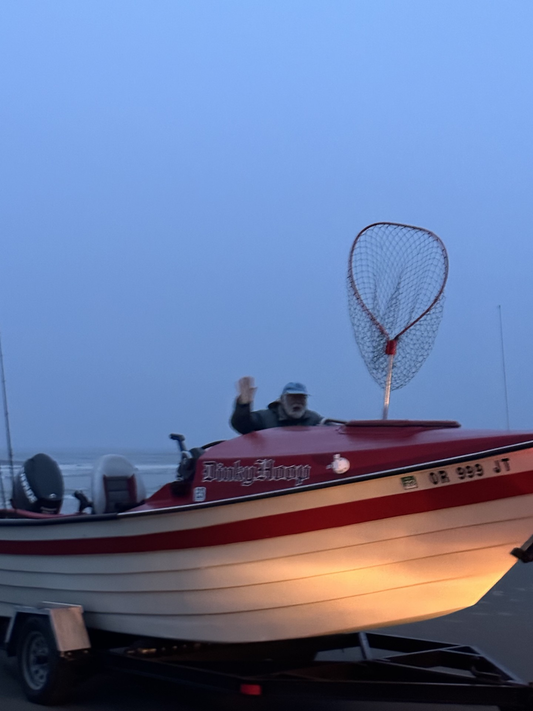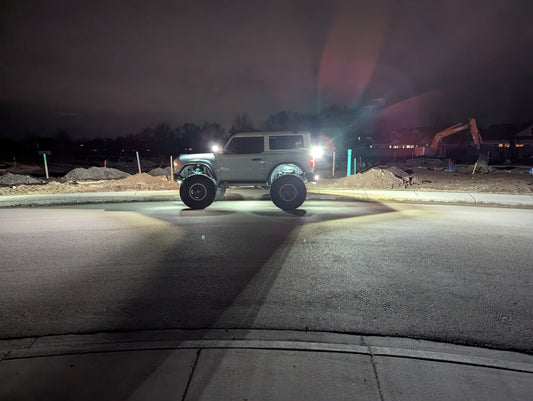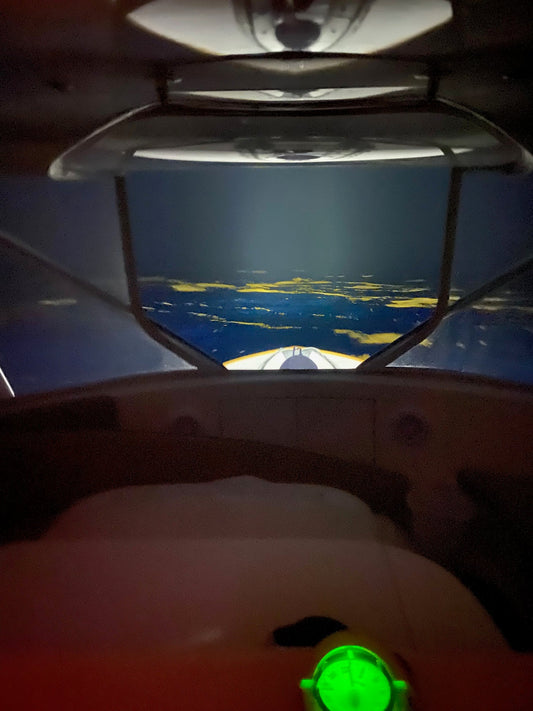Best Center Console Boat Light Features

Anyone who has been on the water at night knows it is a different level of darkness than on dry land. With no land features to orient yourself with and no roads to follow, it is up to you to find your way home. Because of these facts there have been more and more people adding lights to their boats to help take the stress out of the return trip to the dock in the dark. Many people are moving away from the standard handheld spotlight and moving to light bars because of the added light power as well as it being handsfree, in this article we are going to go through the top 5 must have features to look for in your center console boat light.
Durability
One of the most important factors when looking at boat lighting will be how durable is the fixture. Many lights on the market today claim to be able to take a punch but you will need to make sure and read reviews and watch torture tests to see the durability yourself. Any equipment on a center console needs to be able to stand up to pounding across waves at speed and hold up to salt spray and still function as advertised when needed. No one wants to try and use a life raft and find out it doesn’t work when it’s needed most, the same applies to your boat lighting.
Ingress Rating

Along with durability, a huge feature to look for is a light’s ingress protection rating or IP rating. This is a code given to different fixtures to show how protected they are to certain materials and consists of two numbers, the first number shows protection against solids light dust and the second number is the liquid protection. The higher the number the better protection, and while an IP67 light may seem like enough protection, being overbuilt on a boat is never a bad thing.

Any vessel on the water is built to withstand more than it is expected to and the same should be considered with your gear, always look for the highest ingress protection you can get which is IP69k.
Brightness

As obvious as brightness may be as a feature of a marine LED, or any LED lights for that matter, we felt the need to add this one in here. When looking for a light for a boat, there are many ways that a manufacturer will count brightness however one of the best ways would be to find out the lumen rating. This is a universal measure of brightness and every manufacture should be able to give you their lumen output. Being that the lumen output will just be a number, the best way to visualize lumen output would be to think of a car’s high-beams. The high-beams on a modern car produces roughly 4000-6000 lumens, so if a 20” Light bar produces 22,000 lumens that is the equivalent of 4 cars with their high-beams on. Make sure you choose a light that has a high lumen output for the size light you are looking at, this means they are using a high quality LED and components.
Light Throw Distance and Spread
(30" Single Row at 1500m courtesy of @2180miles)
Along with brightness, must have features in a marine led light bar are the lights throw distance and spread. A light’s throw distance refers to how far away a light will light something up and the spread is how wide the light throws light. These two features need to be looked at together when choosing a center console light to make sure that you find the light that is best for you. If you want mainly far away light you will look for a narrower beam spread such as a spot optic and a further throw distance, but if you are looking for closer lighting you would want more of a flood. Most people find that a combo optic which has both spot and flood optics, is the best of both worlds, allowing you to light up channel markers at a huge range and lighting up the waters closer to the bow of the boat as well. Also if looking for deck lights or spreader lights, you will want to make sure you have an extremely wide spread (90-120°) to make sure you do not have any hotspots on the deck.30
Size
While bigger is usually better, when looking at boat lights, it is very important to make sure you get the correct sized light for your size boat and your application. While a huge 50” Double Row light might sound great, these are mainly used on 40ft+ boats. Larger lights take up more room and also require more power to run, which may leave you limited on the amount of other things you can add on top of your t-top. When measuring for your new light, make sure you remember to get full measurements of the light including brackets to make sure it will fit without any modification. Also make sure you have room to mount the light about 5-10” away from the lip of your t-top to take away any bow spill.
The most popular sized light for most 20-35 ft boats would be a 20” double row. If you make sure you look for the features listed above; durability, ingress protection, brightness, throw + spread, and size, a good 20” light should:
be able to light up channel markers at about 1,000 yards, have 19,000-25,000 lumens, have an ingress protection rating of IP68 or IP69k, be durable and have a beam pattern that suits your needs. There are many different light brands out there, if it feels overwhelming or you have any other questions you can always call a lighting professional who can help walk you through the process of getting a light for your boating application.







